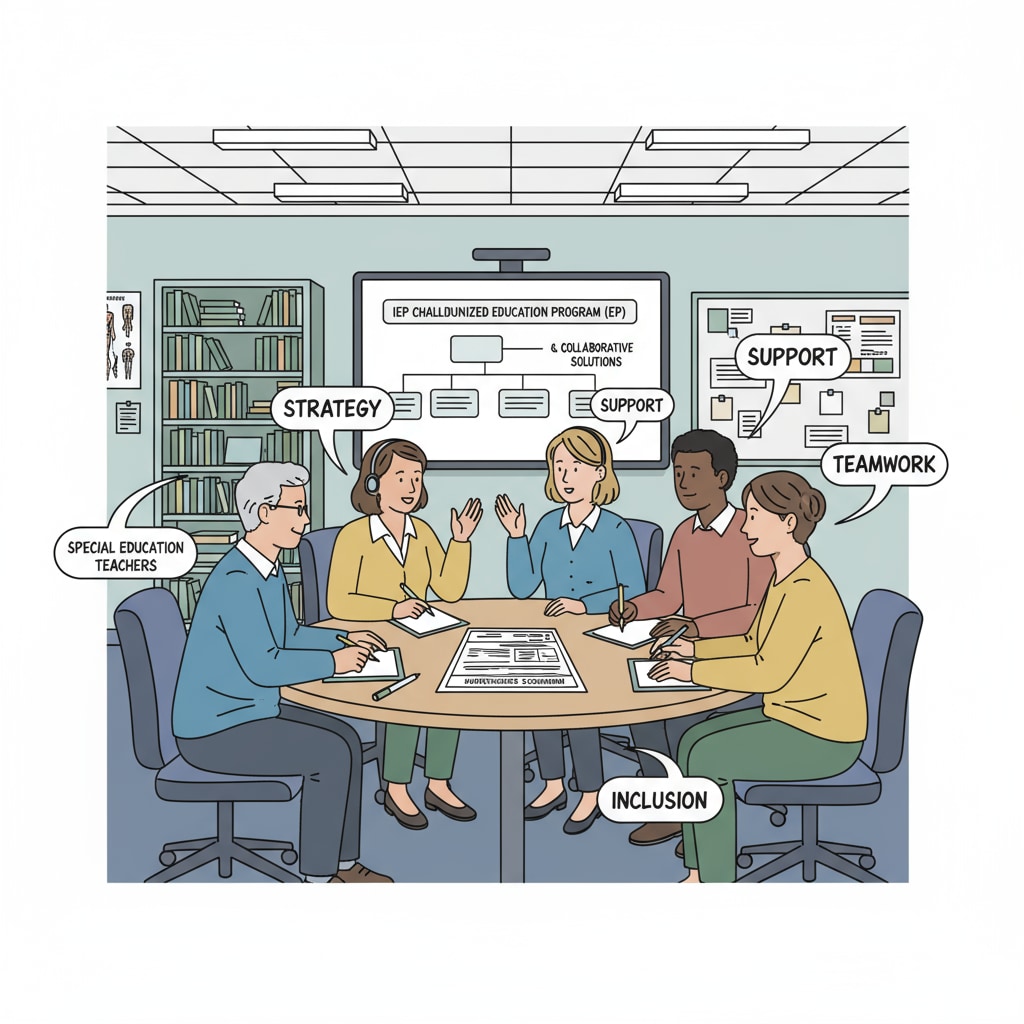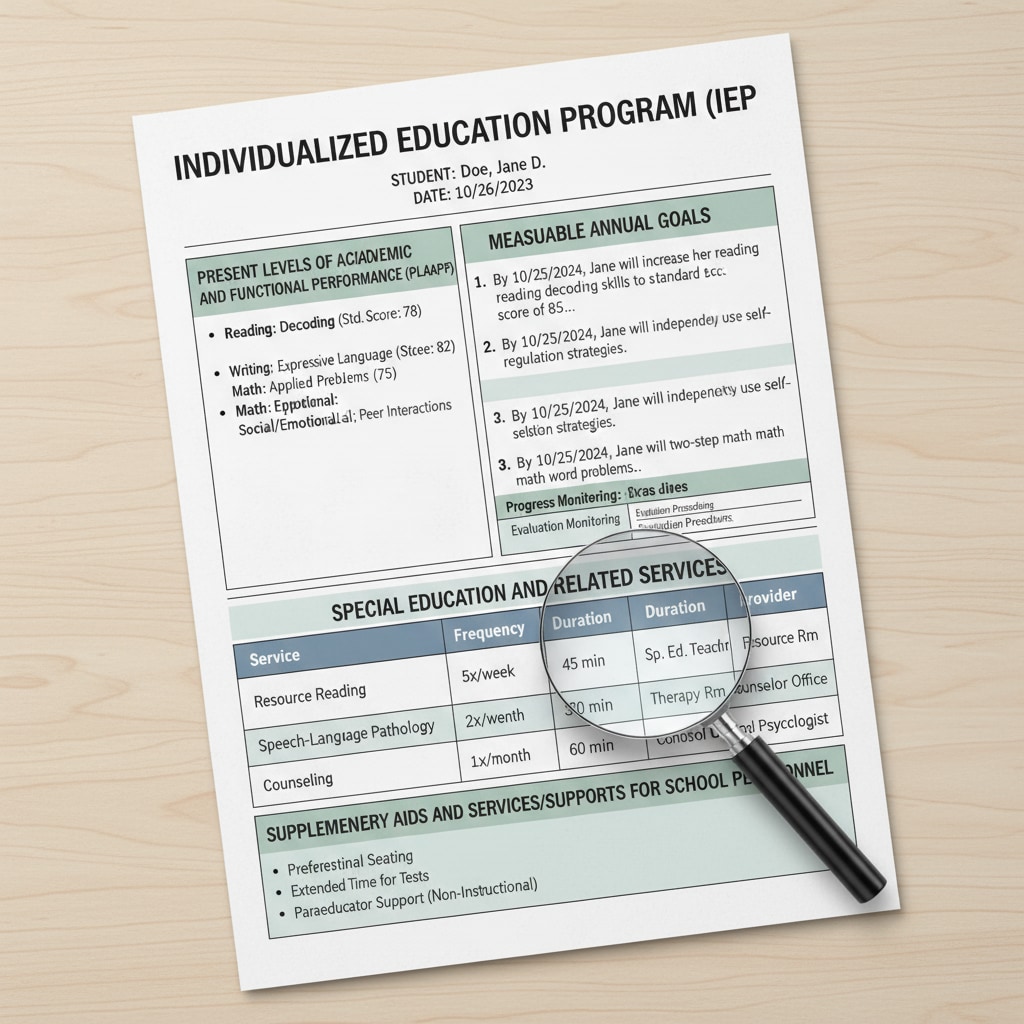In the field of special education, educators frequently encounter difficulties in understanding IEP (Individualized Education Program) files. These files are crucial for tailoring education to meet the unique needs of students with disabilities. However, the complexity and specificity of IEP documents often lead to confusion and frustration among educators.

The Complexity of IEP Terminology
One of the primary challenges is the jargon-laden language used in IEP files. Terms such as “present levels of academic achievement and functional performance” (PLAAFP), “least restrictive environment” (LRE), and “related services” can be bewildering for educators new to the field. For example, understanding what exactly PLAAFP entails in terms of accurately assessing a student’s current skills and knowledge is not straightforward. This complexity can make it difficult for educators to fully grasp the student’s starting point and plan appropriate interventions. What is an IEP on Understood.org

Inconsistent Documentation
In addition, the lack of standardization in IEP documentation can cause problems. Different schools or districts may have varying formats and levels of detail in their IEP files. Some might focus more on academic goals, while others emphasize behavioral aspects. This inconsistency makes it hard for educators to compare and contrast IEPs across different students or even within the same school. As a result, it becomes challenging to develop a comprehensive understanding of the student’s needs and how to address them effectively. IEP Documentation on NCLD.org
To overcome these challenges, educators can take several steps. First, they should seek professional development opportunities focused on IEP understanding. Workshops, webinars, or courses can provide in-depth knowledge of IEP terminology and best practices in documentation. Second, collaborating with experienced colleagues can be invaluable. Sharing insights and experiences can help educators clarify misunderstandings and learn from each other. Finally, schools and districts should strive to standardize IEP documentation to ensure consistency and ease of interpretation.
Readability guidance: By highlighting the key challenges and offering practical solutions, this article aims to assist special education educators in better understanding IEP files. Using short paragraphs and clear explanations, along with relevant external resources, helps educators navigate this complex area more effectively.


